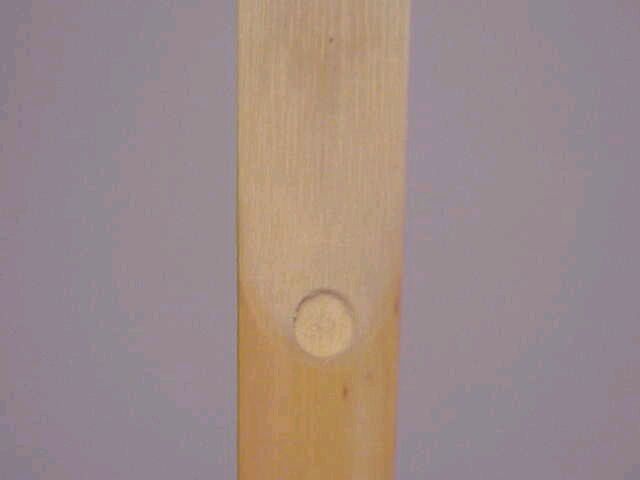kevgermany
ex Landrover Nut
- Messages
- 21,367
- Location
- Just north of Munich
Keep a few clothes pegs in your music case to clip your score to the music stand if it's breezy.
I have some magnetic clips (only £1 for 6 at Asda) which are great for sticking to my stand.Keep a few clothes pegs in your music case to clip your score to the music stand if it's breezy.
Great post but I'd question that, based on working in a sax shop!... don't worry, you won't break it.
well I must be getting old - I've blown a Bari plastic reed so hard that it shattered, but I've never managed to break a sax by playing itGreat post but I'd question that, based on working in a sax shop!
Ouch!I've blown a Bari plastic reed so hard that it shattered,
I was recently chatting to a 'mature' pro Saxophonist I know at a big band gig.
He said he didn't have a reed ready for his alto, but he'd show me what an old clarinet player had shown him.
He took his trusty 'Stanley' blade and cut a sizeable chunk out of the heart of the reed.
This seems to go against everything written on the subject, but it does the job.
As he said, 'it shortens the life of the reed, but it's ready now!'
He sounded great, as usual.
This kind of lore never finds its way into books.
if you google 'Bootman's Reed Drilling process' you'll find a very old geocities site with pictures of his method of reed drillingYears ago I ran across similar advice to drill a hole (aprox 3/8 in diameter) halfway through the reed (not exactly at the heart of the reed, but further back on the vamp). I tried this by using my Dremel drill press setup. I seem to remember that I thought it was helpful in making the reeds more immediately playable. I no longer do this, in part because I am playing mostly Legere reeds nowadays.

if you google 'Bootman's Reed Drilling process' you'll find a very old geocities site with pictures of his method of reed drilling
http://www.webring.org/l/rd?ring=saxophone;id=11;url=http://www.geocities.ws/reed_drilling/
and a thread on the other sax forum -
Reed drilling



